Aerospace Engineering and Engineering Mechanics
-
Reaching for the Stars
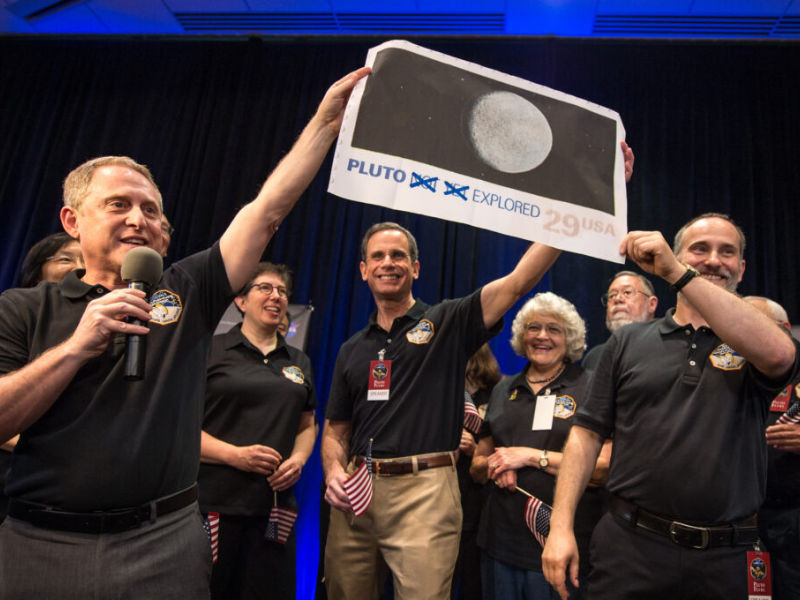
As the principal investigator on NASA’s New Horizons mission, UT alumnus Alan Stern led a team of more than 2,500 scientists and engineers in a history-making effort to explore the Pluto system and the Kuiper Belt.
-
To the Moon and Back... and Back Again
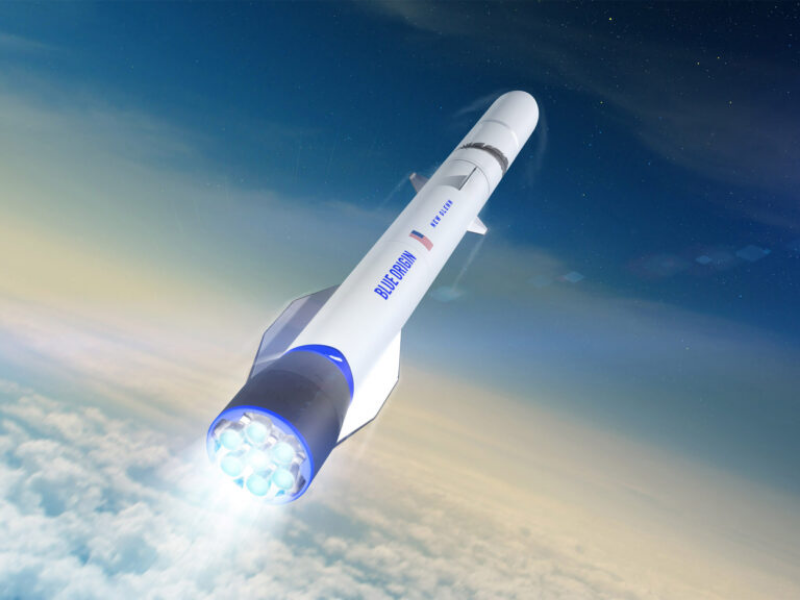
For UT alumnus and Blue Origin CEO Bob Smith, the company’s mission represents a full-circle opportunity to provide a new generation with the same inspiration he received from earlier aerospace accomplishments.
-
5 Questions with Outstanding Scholar-Leader Matthew Nattier
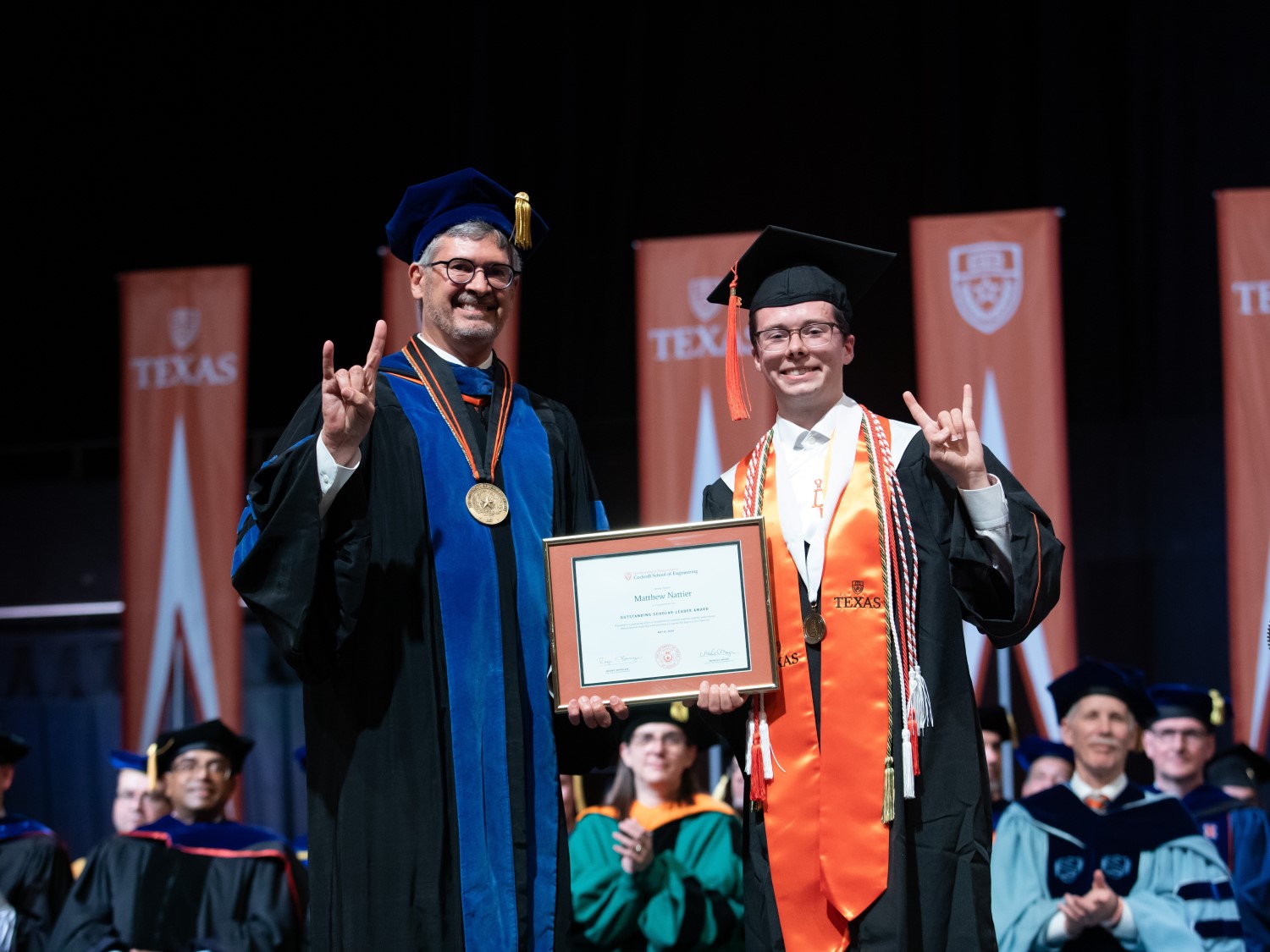
Matthew Nattier just completed his aerospace engineering degree with a special honor – he was named the Cockrell School’s Outstanding Scholar-Leader for the class of 2024.
-
Stretchable E-Skin Could Give Robots Human-Level Touch Sensitivity
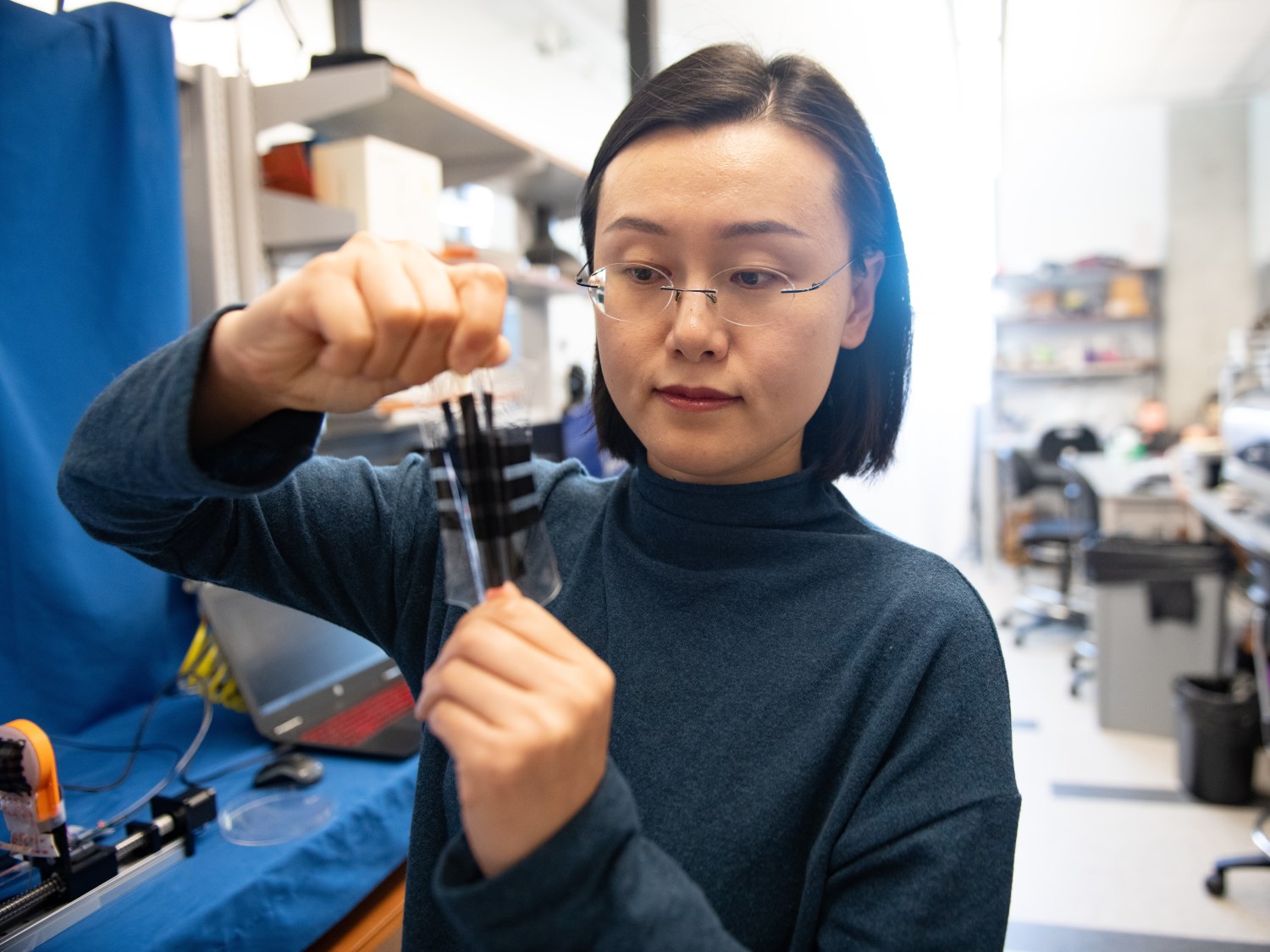
A first-ever stretchy electronic skin could equip robots and other devices with the same softness and touch sensitivity as human skin, opening up new possibilities to perform tasks that require a great deal of precision and control of force.
-
Karen Willcox Wins 2024 Theodore von Kármán Prize
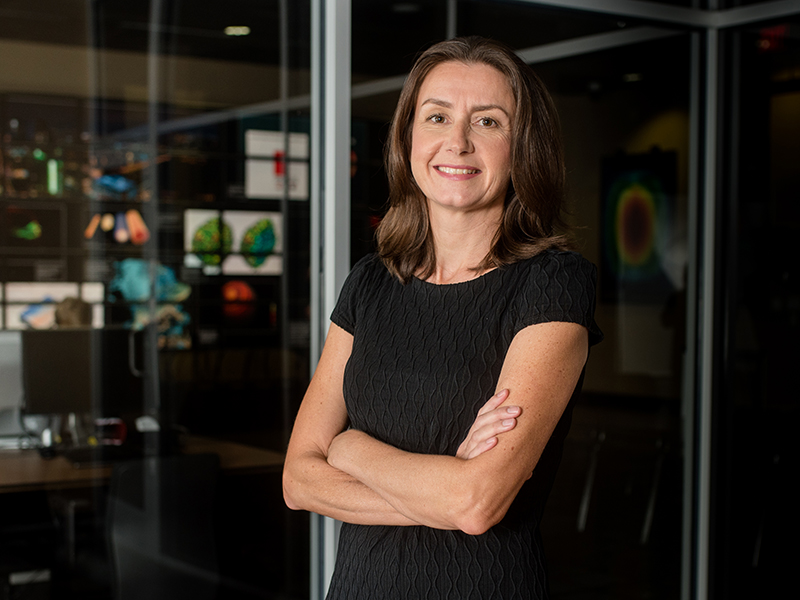
Karen Willcox, professor of aerospace engineering and engineering mechanics and the director of the Oden Institute for Computational Engineering and Sciences, won the 2024 Theodore von Kármán Prize from the Society of Industrial and Applied Mathematics (SIAM).
-
Clint Dawson Honored With President’s Research Impact Award
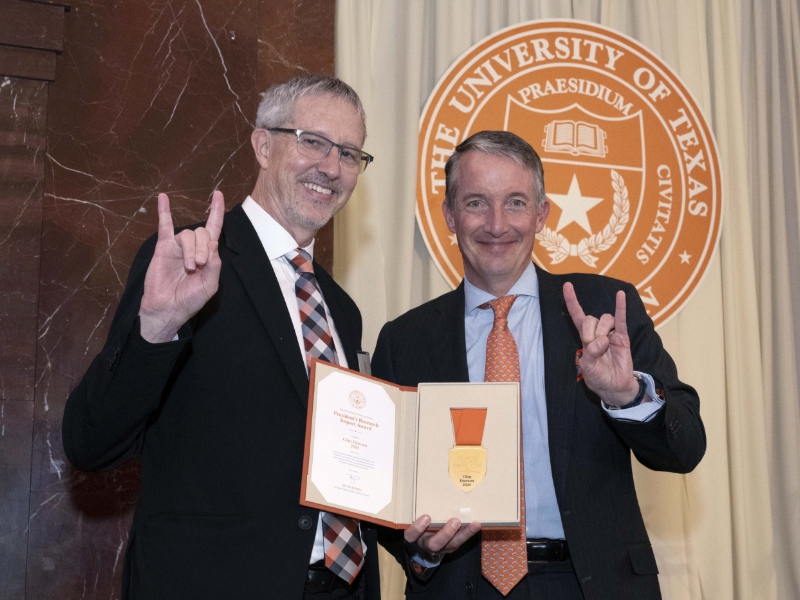
The creator of a code to predict hurricane storm surges and an expert on the federal courts and constitutional law have been named the 2024 recipients of The University of Texas at Austin President’s Research Impact Award.
-
Integrated Computational Engineering Program Coming Fall 2024

A new five-year integrated bachelor’s degree in computational engineering and master’s degree in computational science, engineering, and mathematics will launch this fall, adding to the already popular undergraduate computational engineering degree.
-
How Texas Engineers Helped Complete the First U.S. Moon Landing in 50 Years
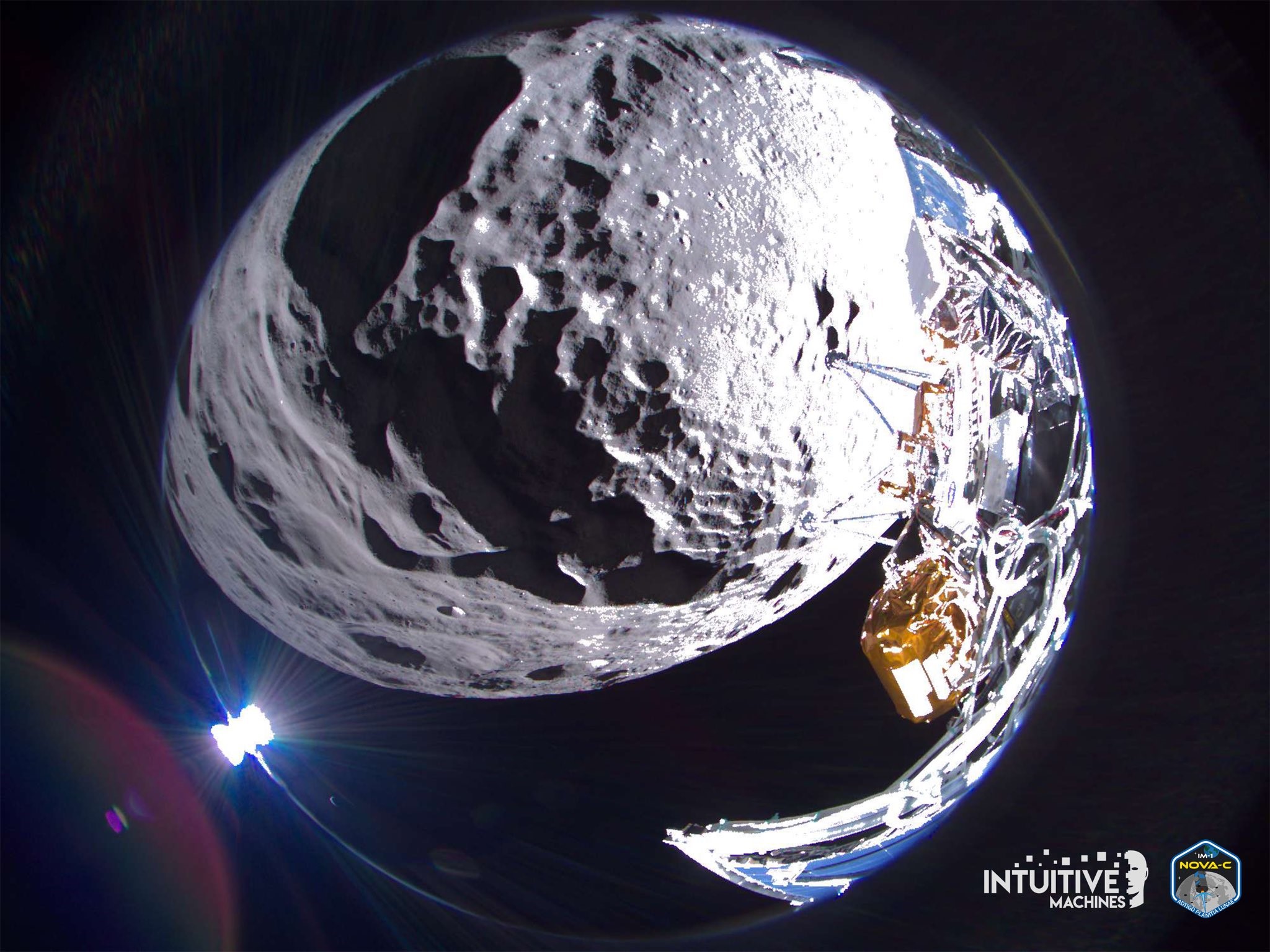
Just after 5:30 p.m. on Thursday, Feb. 22, a new era of space travel began just after 5:30 p.m. on Thursday, Feb. 22, when uncrewed lunar lander Odysseus, or Odie for short, touched down on the Moon's surface.
-
Professor, Alumna Elected to National Academy of Engineering
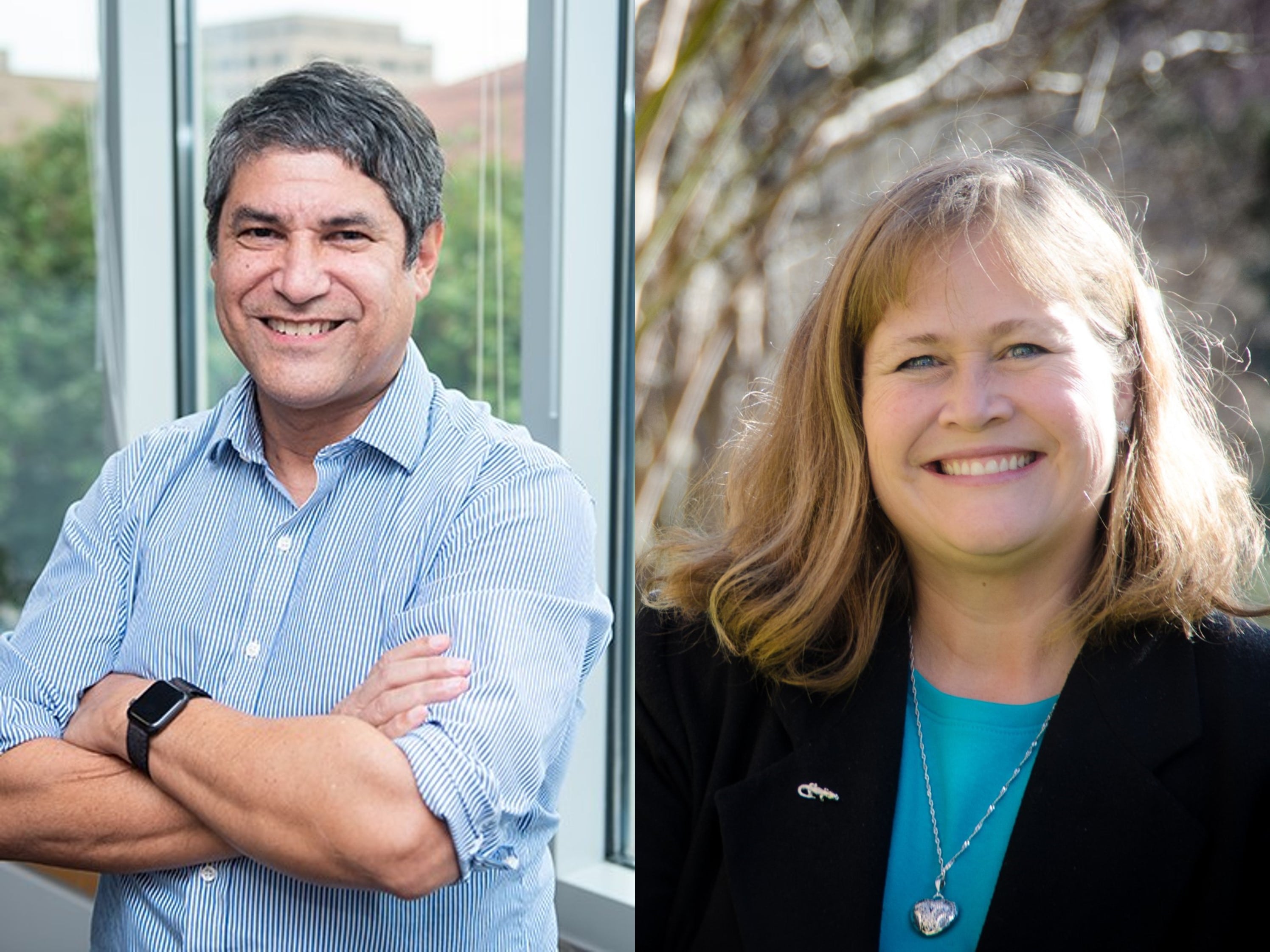
The National Academy of Engineering has elected Noel T. Clemens, a professor in the Cockrell School of Engineering’s Department of Aerospace Engineering and Engineering Mechanics at The University of Texas at Austin, to the academy for 2024. Christine Schmidt, who received a bachelor’s degree in chemical engineering from UT and later served on the University’s faculty from 1996 to 2012, has also been elected.
-
How Space Lasers Have Unearthed New Information About Our World
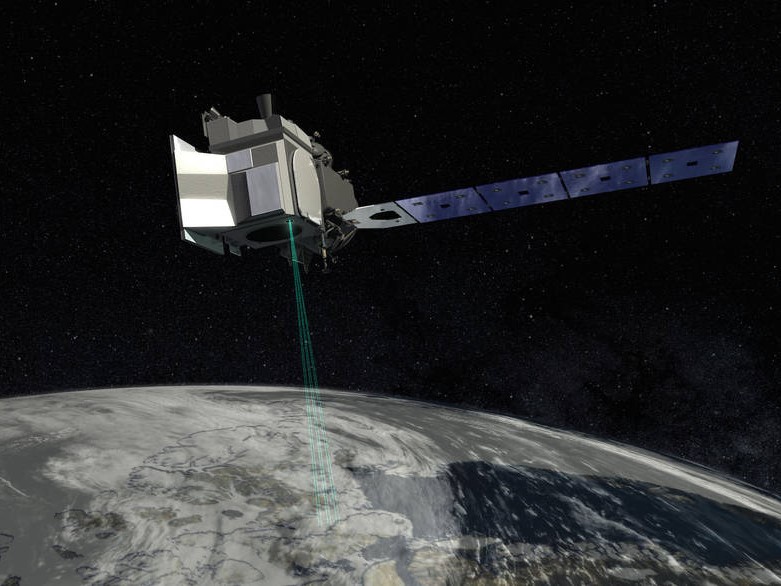
In new research, an all-woman group of authors from five different institutions published an anthology of all the important data unearthed by laser altimetry over the last two decades.
-
Lori Magruder Named Director of Center for Space Research
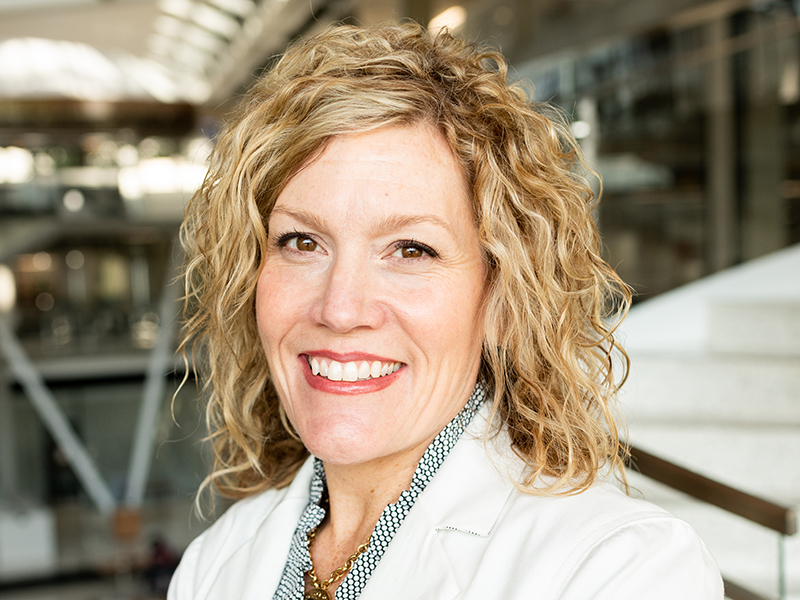
Lori Magruder, an associate professor in the Department of Aerospace Engineering and Engineering Mechanics (ASE/EM), has been named director of the Center for Space Research (CSR), effective Jan. 1. Prior to becoming director, she served as associate director of research and communications from 2020 – 2022, then as the center’s interim director throughout 2023. Srinivas Bettadpur served as previous director from 2018 – 2023.
-
UT Aerospace Engineer Joins AI Advisory Group

Artificial intelligence is quickly becoming embedded in many industries, and aerospace is no exception.
-
Space Lighthouses: Small Satellites Will Someday Help Navigate Spacecraft to the Moon
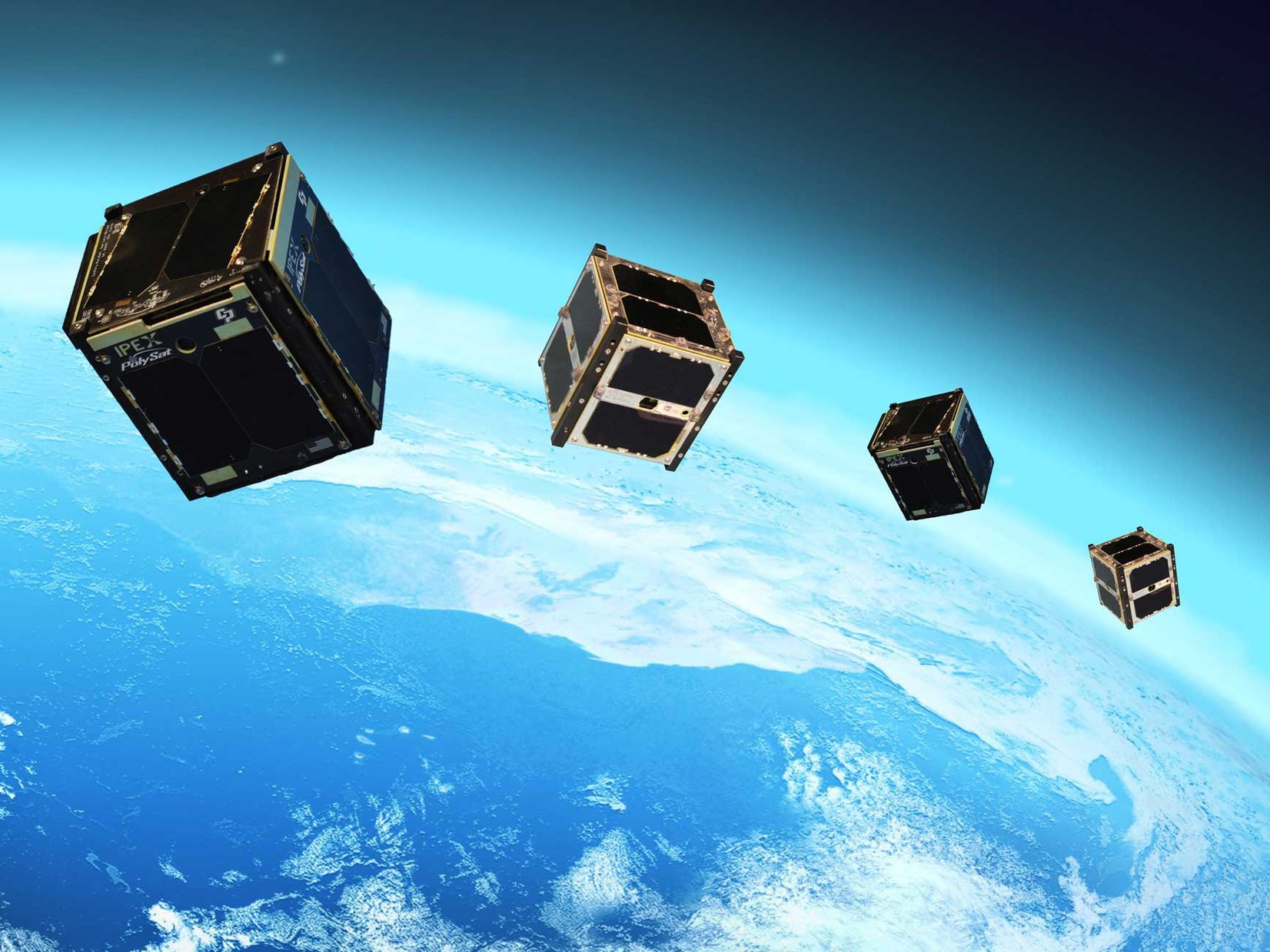
A new agreement with NASA paves the wave for researchers from The University of Texas at Austin and the Texas Spacecraft Laboratory to build and launch a small satellite network with embedded machine learning technology to help spacecraft figure out their location in relationship to the Earth and, eventually, the moon. That will ultimately help ensure more accurate navigation and landing.
-
Curtailing Unhealthy Impacts of Steel Production: DOE Earthshot Program
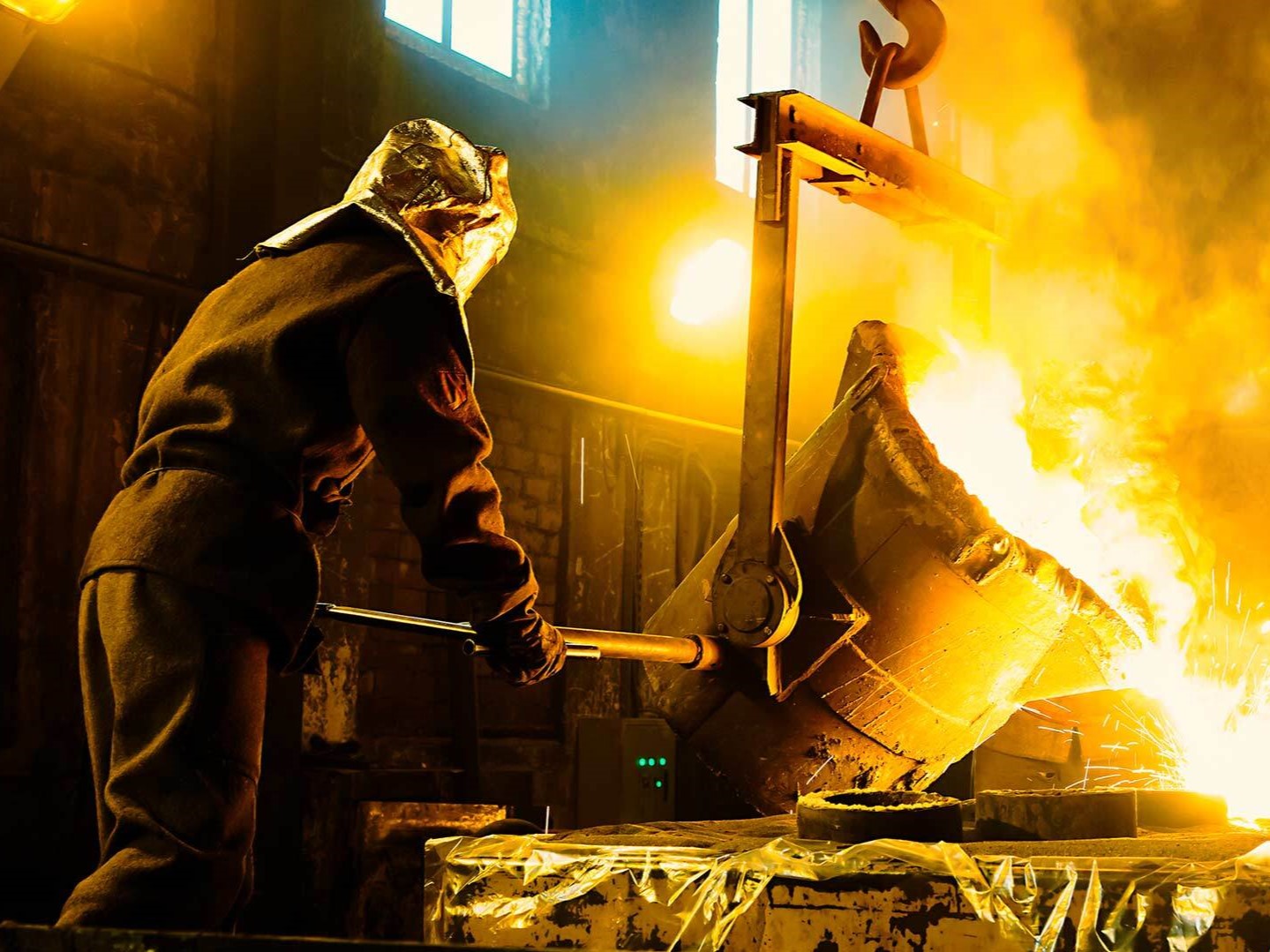
Steel is one of the world’s most useful and valuable materials, but its production is among the most carbon-intensive manufacturing processes. Steel accounts for roughly 7% of the world’s carbon dioxide emissions, part of a broader industrial sector that accounted for about 30% of the greenhouse gas emissions in the U.S. in 2021, according to the Environmental Protection Agency.
-
Changes to Texas Ship Channel Depth Would Have Minimal Storm Surge Effect, Research Shows
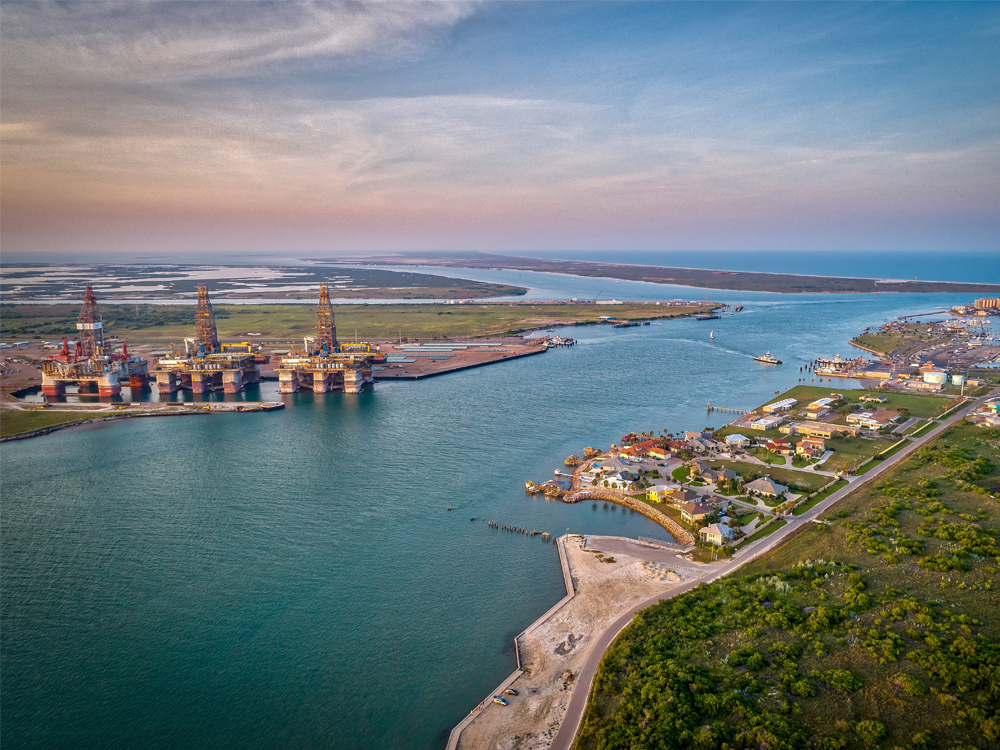
A new case study using computational modeling predicts minimal effects on increasing hurricane storm surge in surrounding Texas Gulf Coast communities as a byproduct of proposed depth increase of the Corpus Christi Ship Channel near Aransas Pass.
-
Texas Institute for Electronics and Infleqtion Launch Quantum Manufacturing Center of Excellence
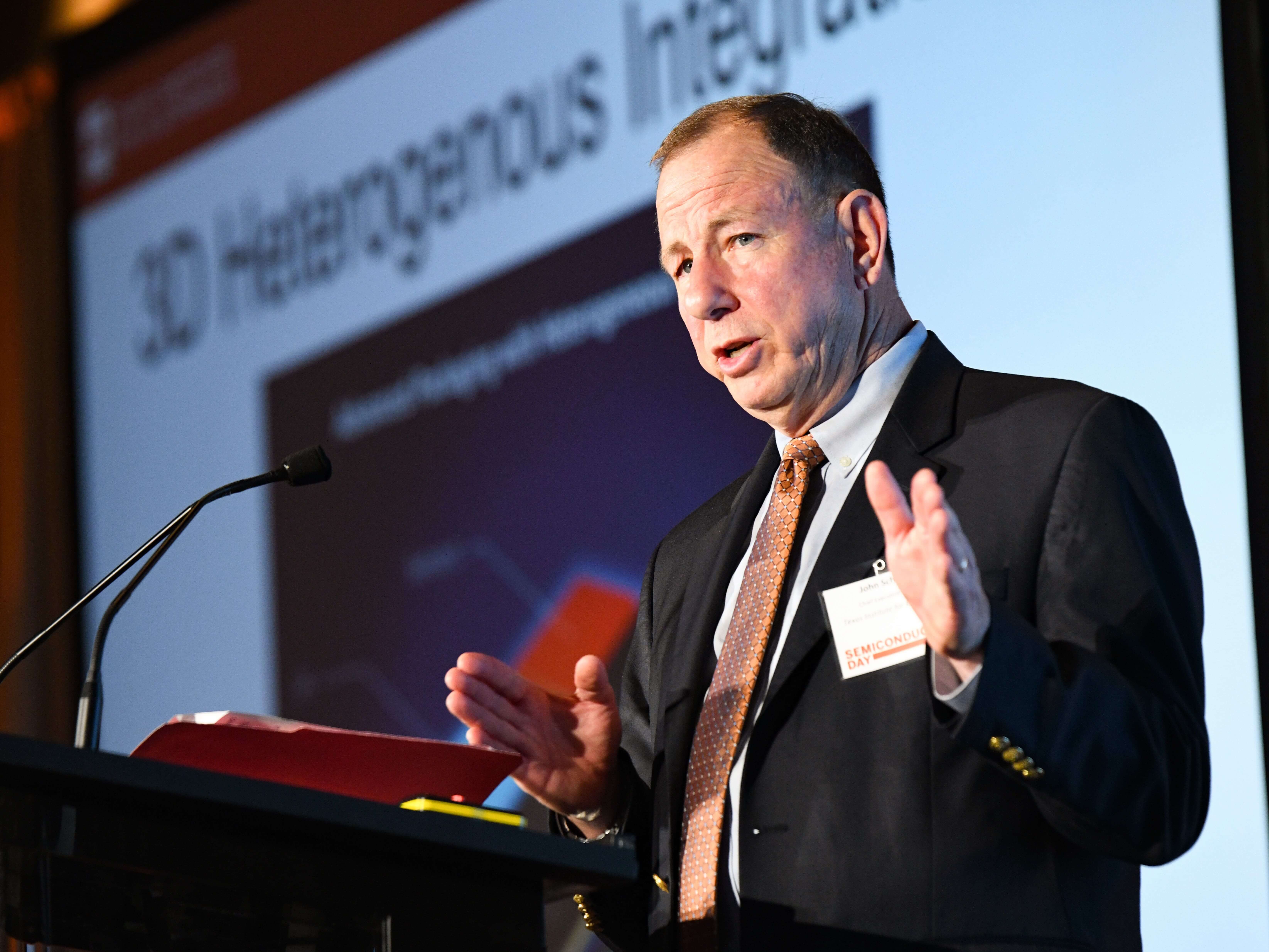
The University of Texas at Austin and Infleqtion, a global quantum technologies company, have signed a memorandum of understanding to develop a new center of excellence for quantum manufacturing. With the recent opening of its flagship corporate office in Austin, Infleqtion will work with UT’s Texas Institute for Electronics (TIE), collaborate with the University’s faculty experts in photonics and quantum technologies, and draw upon its world-class facilities to scale domestic manufacturing capacity for quantum-enabled products in areas such as energy, navigation, defense, and health care.
-
Todd Humphreys Honored for GPS Work
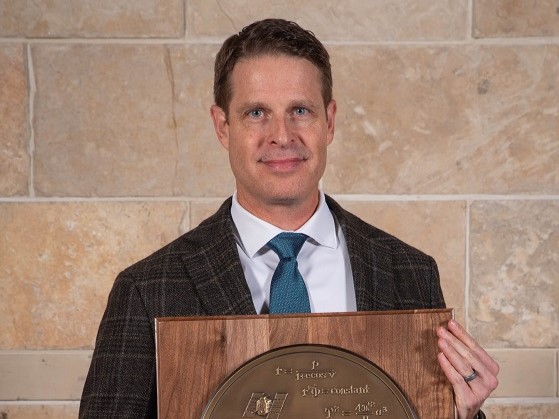
Todd Humphreys, a professor in the Department of Aerospace Engineering and Engineering Mechanics at The University of Texas at Austin, is the recipient of the 2023 Johannes Kepler Award from the Institute of Navigation.
-
To the Moon: New Research Aims to Establish Safe and Reliable Mission Operations Through Cislunar Space
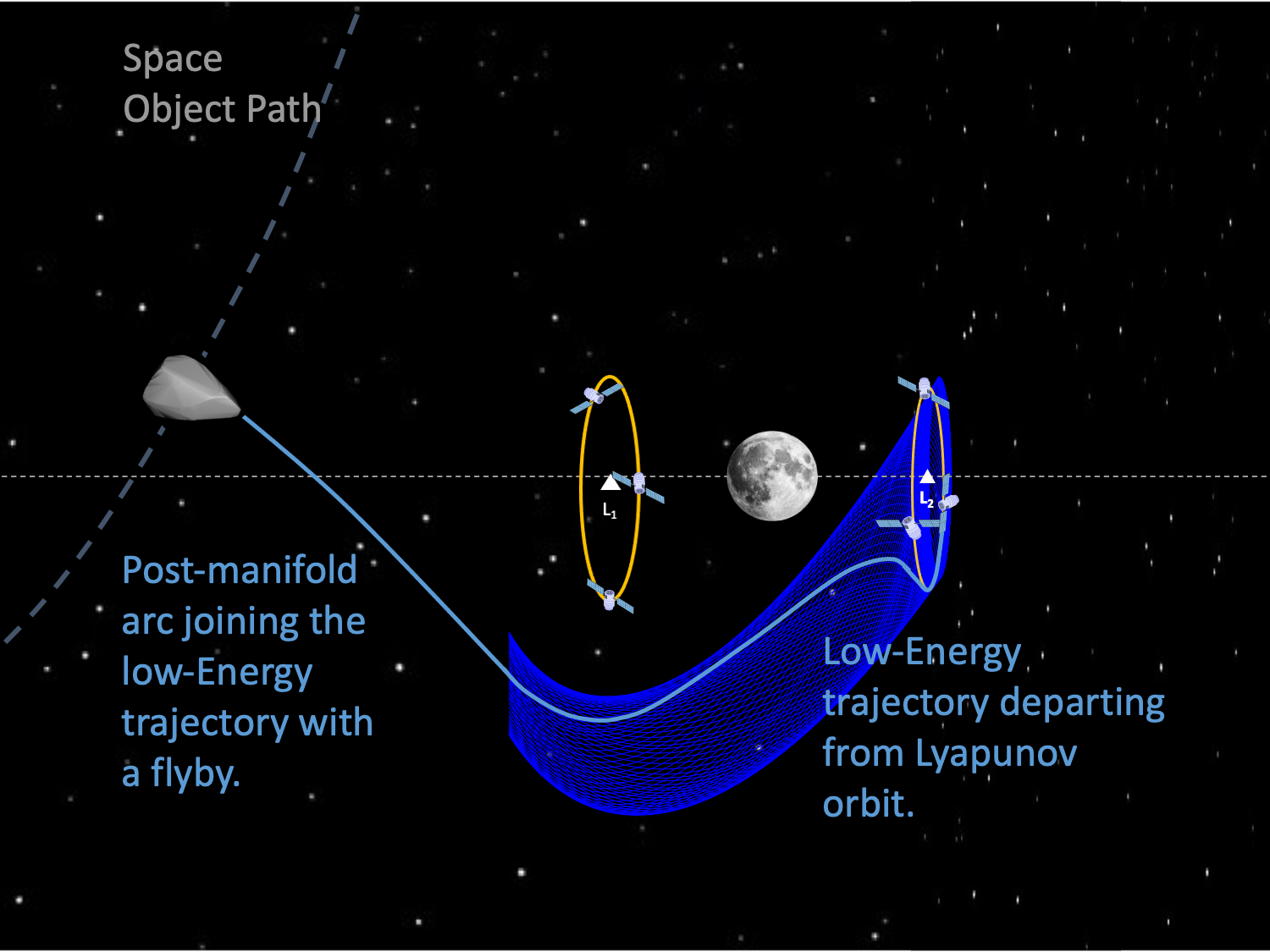
The University of Texas at Austin is collaborating with three other institutions to build the foundation for space operations to, from and throughout the Earth and moon neighborhood. This area, called the cislunar region, is an enormous, three-dimensional volume of space with many complex factors to be incorporated by mission planners and spacecraft designers.
-
Texas Engineers Lead Cislunar Space Research Coalition
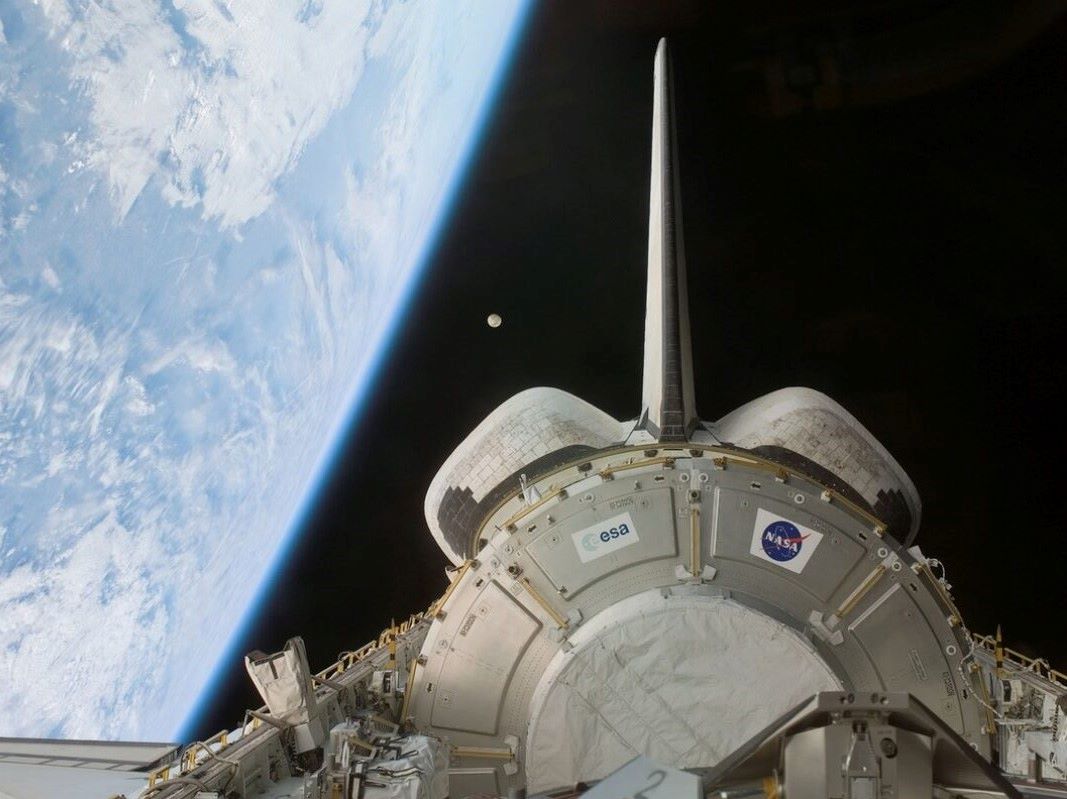
The University of Texas at Austin will spearhead a groundbreaking research collaboration to advance the U.S. Air Force’s ability to understand and monitor activity in cislunar space. The project itself, officially named the “Representations, Theory, and Algorithms for Autonomous Space Domain Awareness in the Cislunar Regime,” seeks to tackle the intricate complications of monitoring and controlling activities within the expansive region between Earth and the moon.
-
Aerospace Alumnus Makes His 2nd Trip to Space
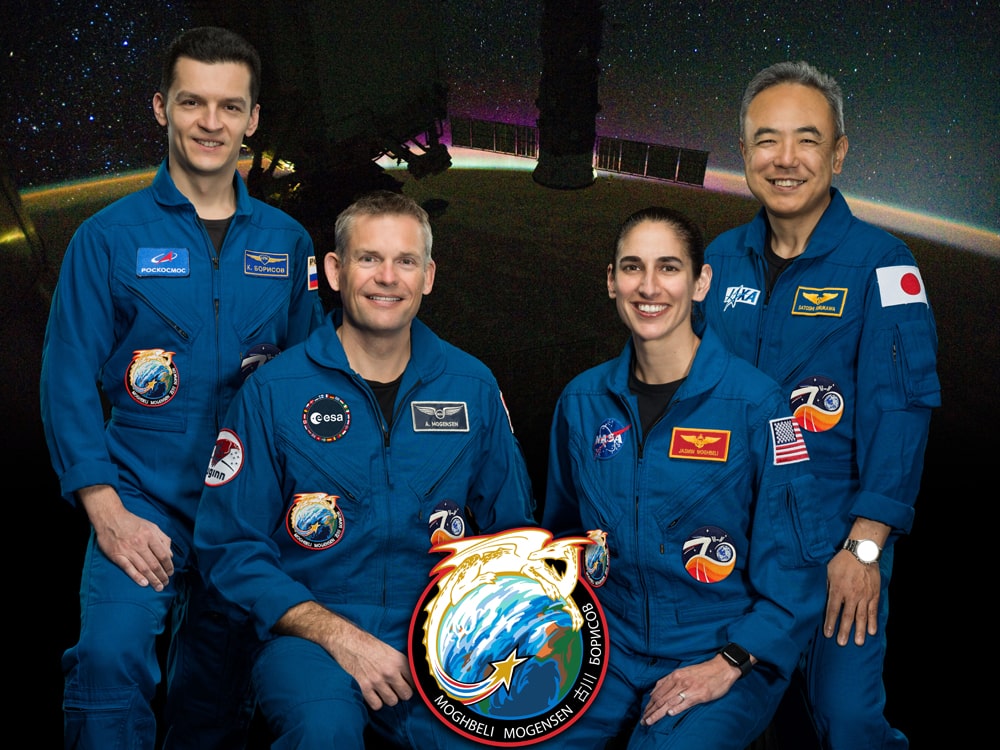
Aerospace engineering alumnus Andreas Mogensen took to the stars today, flying his second trip to the International Space Station (ISS) where he is serving as the mission pilot and space station crew commander for the Huginn Mission.
The six-month mission includes astronauts from NASA, the European Space Agency (ESA), Japan Aerospace Exploration Agency and Russia’s Roscosmos. Mogensen will conduct more than 30 experiments for the ESA during the mission divided into three pillars: climate, health and space for Earth. He will also collaborate with team members on experiments for other space agencies.







